The use of biomass for heating agricultural greenhouses has shown to be one of the best solutions for efficient and controlled heating of crops. These bring environment as well as financial advantages. The use of biomass as an alternative energy in the greenhouse, for example, allows you to save on several fronts: on the one hand they guarantee energy savings of 50% or 65% compared to fossil sources and on the other hand it allows to simultaneously reduce the costs of disposal of green production waste. But what are the main aspects to consider when choosing a biomass system for heating a greenhouse? What are the advantages in terms of increased production? Tatano, an Italian company supplying heating solution to several different industries, including the greenhouse industry, explains.
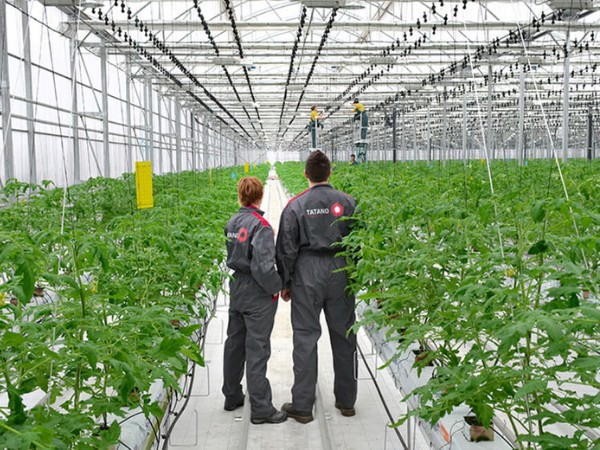
Lower costs and environmental impact
The heating of greenhouses with ecological fuels is a system that allows to reduce energy costs, guaranteeing production with low environmental impacts, they explain. "In horticulture, floriculture or agricultural greenhouses in general, the fuel supply is at zero km. All green production waste can be used to feed biomass boilers or hot air generators for greenhouses." However, regarding the size of the greenhouse and the cultivation needs, production waste alone may not be enough to feed the system. "Precisely in these cases, local companies, working in synergy, trigger circular economy mechanisms. The birth of these dynamics would represent a turning point for the sector both from an economic / energy point of view and from an environmental point of view."
Heating for greenhouses: main elements to consider
For a greenhouse heating system, there are many aspects to consider to ensure that the system is efficient and compatible with the reference crops. In relation to which the type of heat generator is required and which size, the following aspects need to be determined:

Click here for the enlarged image.
"Heating the greenhouse considering only the structure and the temperature level to be maintained inside, without considering the temperatures useful for the reference crops could be harmful to production. Each plant has different vegetative temperatures, these differ in: temperatures necessary to reach optimal conditions and limit temperatures."
According to Concetta, the most important biological thermal levels are:
- Minimum lethal temperature: the plant suffers irreversible damage up to death
- Minimum biological temperature: the plant stops its vegetative activity
- Optimal day and night temperature
- Maximum biological temperature: above this limit the crop begins to manifest physiological imbalances and therefore worse and less production
- Optimal substrate temperature: the root system reaches its maximum growth
Let's see some examples of biological thermal levels with reference to flower greenhouses.
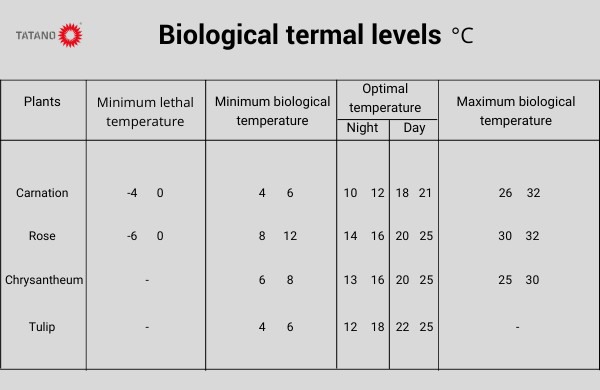
"By evaluating all these aspects at the same time, it will be possible to size the perfect heat generator for the greenhouse."
So, what are the heating systems for greenhouses that can best meet production needs? "In addition to the type of greenhouse and the needs of the crops produced, the type of system available in the greenhouse must be considered. In relation to the type of system, the installation of a boiler rather than a hot air generator or vice versa may be indicated."
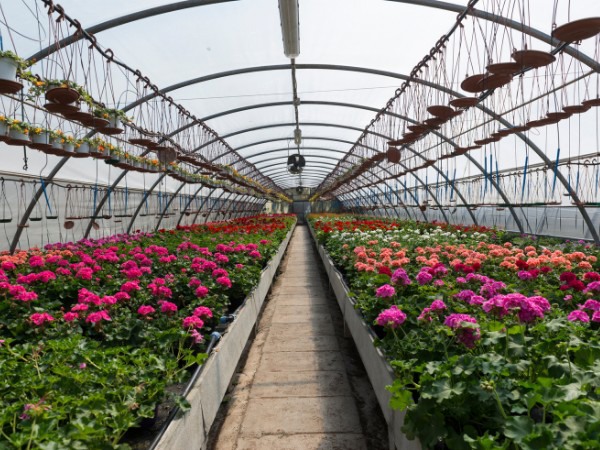
Hot air generators for flower greenhouses
The difficulty in managing the temperatures in the greenhouse are due to: external thermal excursions, frequent air recirculation, soil absorption, dispersions due to the covering of the structure. "It is therefore necessary that these spaces are quickly heated, so that the inner drop is immediately resolved with new and rapid heat."
An automatic hot air generator that uses the alternative energies of pellets or wood could be an optimal solution, they explain. "A cutting-edge system that allows the use of different fuels, ideal for heating multiple environments. The advantage of opting for a hot air generator lies in the possible possibility of being able to move the generator even in several adjacent greenhouses. Positioning the generator in the center or in a strategic point could be a solution that is not only comfortable and versatile but also economical and efficient."
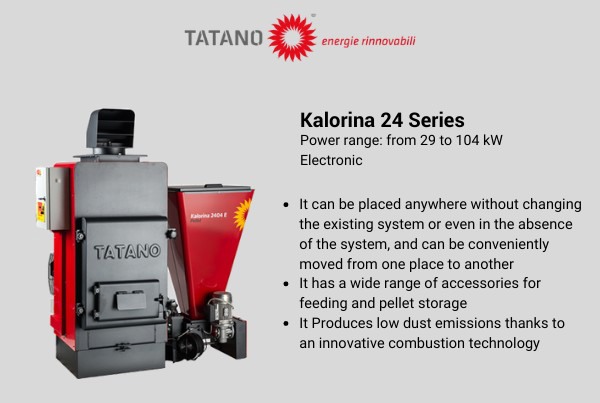
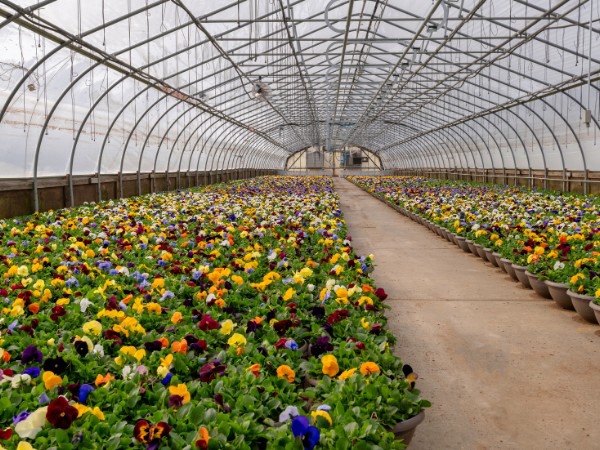
Boilers for flower greenhouses
For greenhouses that use water systems, it will be necessary to install biomass boilers. "In relation to the needs of each production plant, it may be useful to install a single heat generator for each greenhouse or a single boiler can be installed to service all the greenhouses."
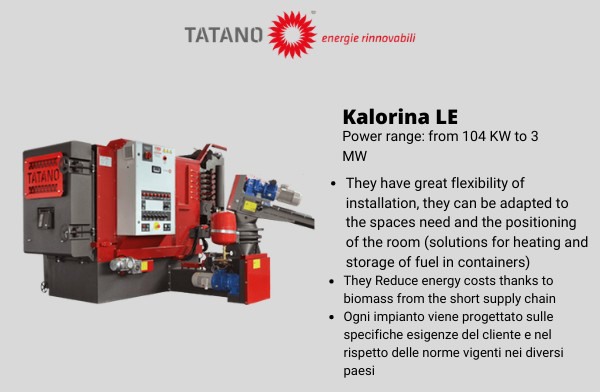
The boilers can be installed both inside dedicated technical compartments or inside containerized solutions. "The use of biomass boilers as well as being an economic solution is an optimal solution to respect the environment. The boilers are characterized by a low particulate content in the exhaust gases thanks to the integrated multi-cyclone filter of the smoke extractor. This allows to maintain the correct depression inside the combustion chamber. Furthermore, this process is made more effective thanks to the double combustion control through the temperature probes (water/smokes) in combination with the residual oxygen content regulation system with minimal emissions even at partial load."
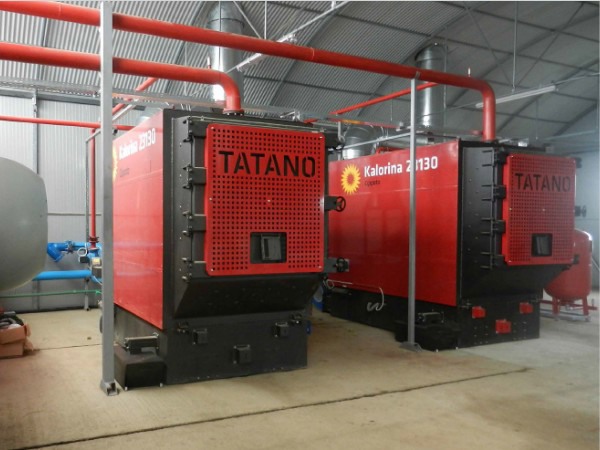
N 2 K23130 – 3 MW – 13000 m2
As previously mentioned, the possibility of using biomass as a fuel for heating greenhouses brings several advantages. The possibility of using pruning waste as a fuel allows you to save on energy costs and storage costs.
In this case, in addition to the type of boiler suitable for your system, the chosen fuel storage system will be fundamental. "Having a storage system suitable for your needs allows you to have greater autonomy and a more comfortable and functional logistic system."
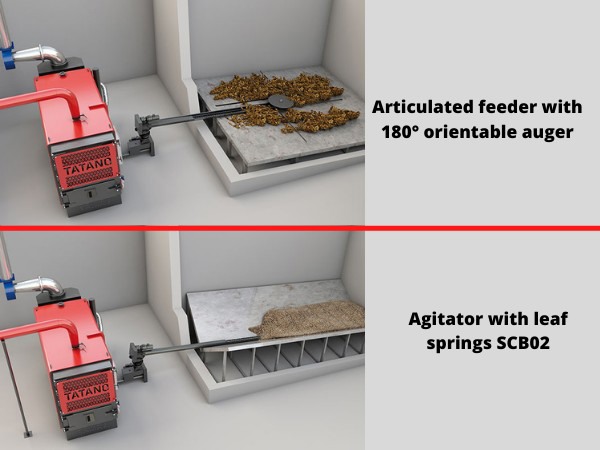
"Each storage solution can be customized and is made to measure in relation to the customer's needs. Also, each storage system varies in relation to the type of fuel that the boiler will have to manage, the spaces available and the boiler model chosen."
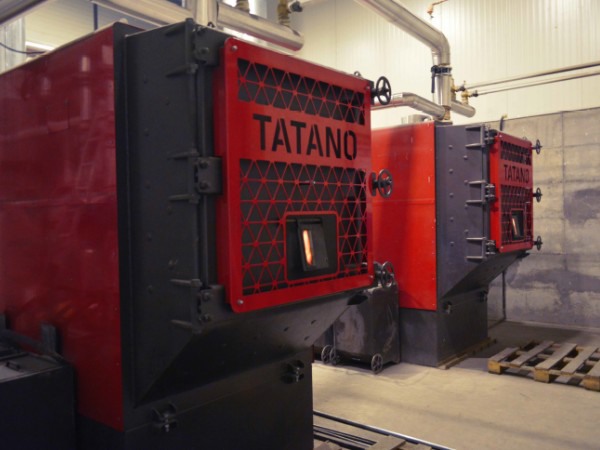
N2 K23100 – 2.326 KW – 1600 m2
The heating of greenhouses, for the reasons set out above, must be studied by a qualified technician who will advise on the right solution in relation to the production needs, they explain.
"In the design study, not only the sizing of the system will be considered to maintain the temperatures that guarantee the life of the crops. It will be necessary to ensure a degree of balance between biological thermal levels and the temperatures in which each crop increases its vegetative state with a consequent increase in production."
For more information:
Tatano Energie Rinnovabili
Italy
+39 0922-901376
Email: tatano@tatano.it
https://www.tatano.com/en
